By Rick VanSickle
The family farm is the backbone of the Ontario Wine Industry and the more families who grow grapes and make their own wine from them, the better it is for everyone.
Those hard working families come in many shapes and sizes, but they all have one thing in common — a passion to grow the best grapes possible from Niagara’s unique terroir and to ultimately see the grapes turned into wine for consumers to enjoy. In this Niagara Wine Report, we feature the wines from two family farms, one long established and the other just now transforming from grower to winemaker.
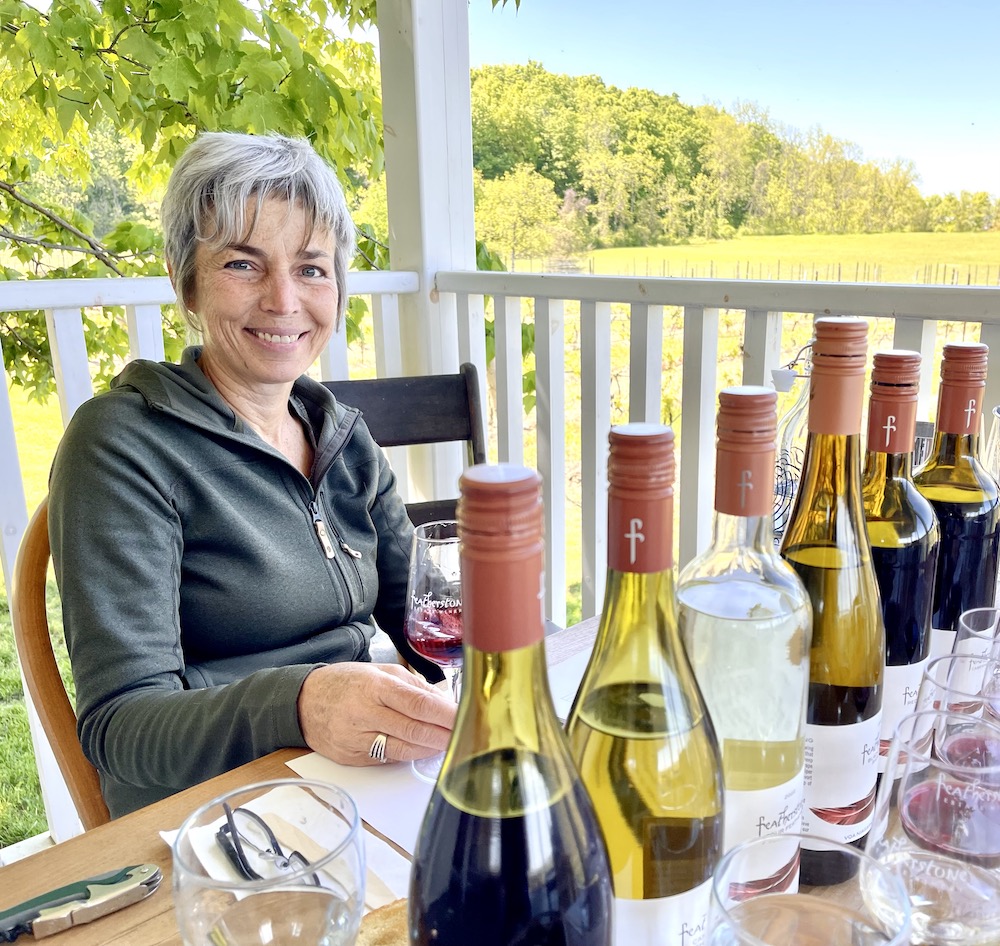
The husband-and-wife team of David Johnson and Louise Engel (he makes it, she sells it) have firmly established their Featherstone Estate Winery on the Twenty Mile Bench, crafting wines that have wide appeal across the most popular grapes varieties grown in Niagara. And today we introduce you to the new Liebling Wines, a generational family making the transition from established grape growers to winemakers with their first bottles just being released. The Oppenlaender family has been growing grapes in Niagara since 1984 and now dad Matthias, his daughters Alison and Jessica, along with their brothers Aaron, Michael and Danny, have created a virtual brand featuring single vineyard wines from their own vineyards.
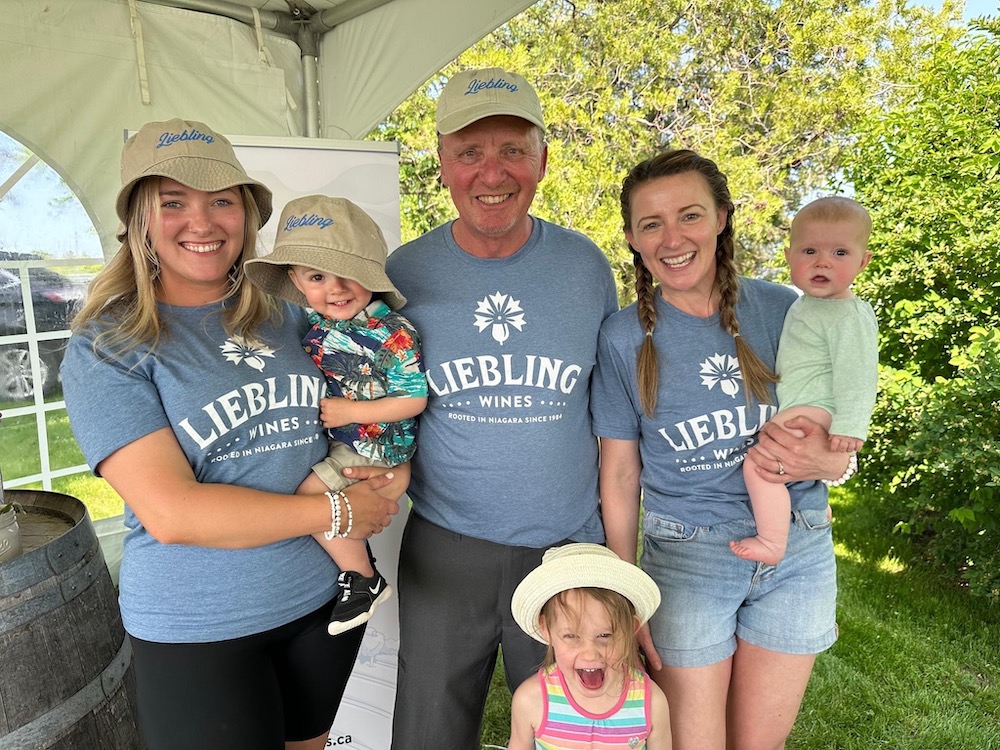
Both grape farming families have one common thread on the winemaking side — they are producing honest, accessible, true-to-variety and delicious wines that won’t break the band.
We first look at the new vintage of Featherstone wines after a tasting with co-owner Engel.
The new wines from Featherstone
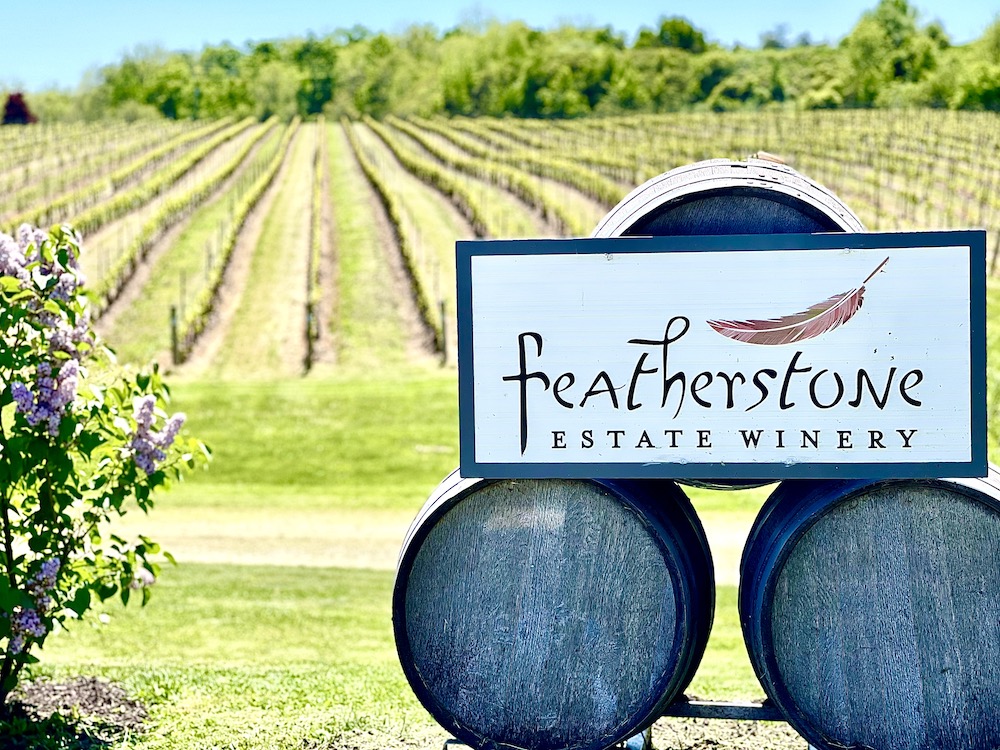
It’s easy to say that the Featherstone Estate Winery and Vineyard is one of the most popular Niagara brands at LCBO/Vintages stores across the province. Almost every wine made my Johnson ends up on the shelves at the government monopoly at some point — a dream scenario for any producer in Ontario.
There are reasons for that, of course, and it all starts with consistency of the wines and ends with affordability. That’s a potent combination. The other crucial ingredient for Featherstone’s success is the quality of wine you get for the money you are spending. The quality-to-price-ratio (QPR) of Featherstone wines is off the charts and consumers can feel confident in a consistent product year to year from a stylistic point of view.
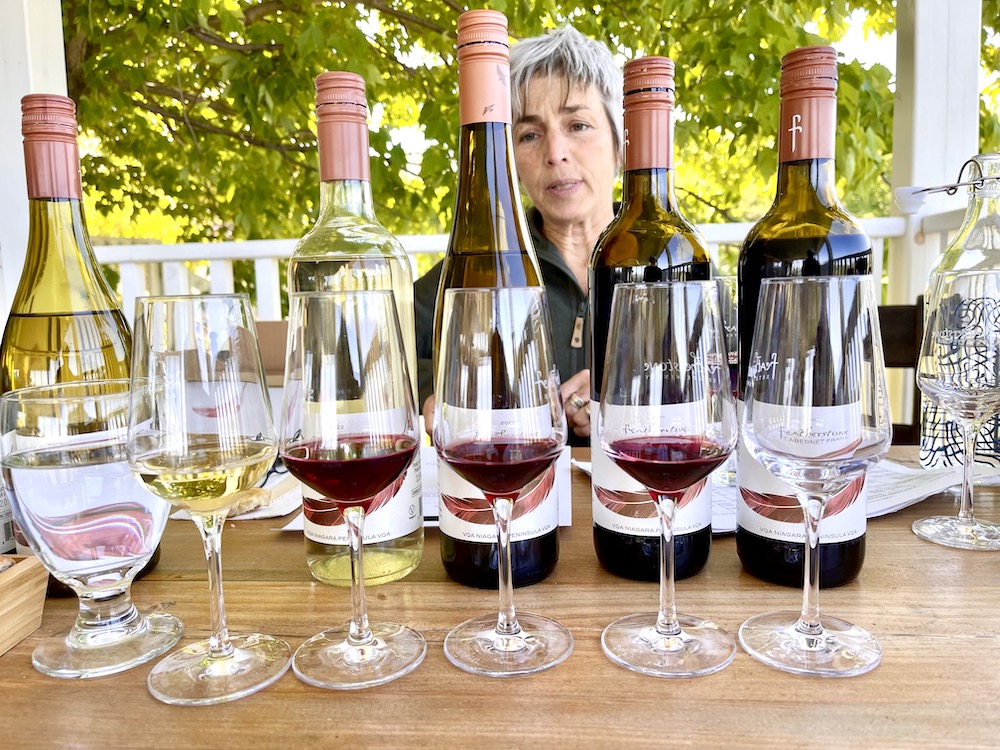
Says Engel: “We don’t want to intimidate you. Life is too short. We want you to have something that adds joy to your life. Approachable and accessible, I think that describes all our wines.”
And that is reflected in the range of new wine releases I tasted recently with Engel on the back porch at the estate with help from the incomparable Meg McGrath, a marketing whiz recently back from Australia. Here is what I liked:
The white wines
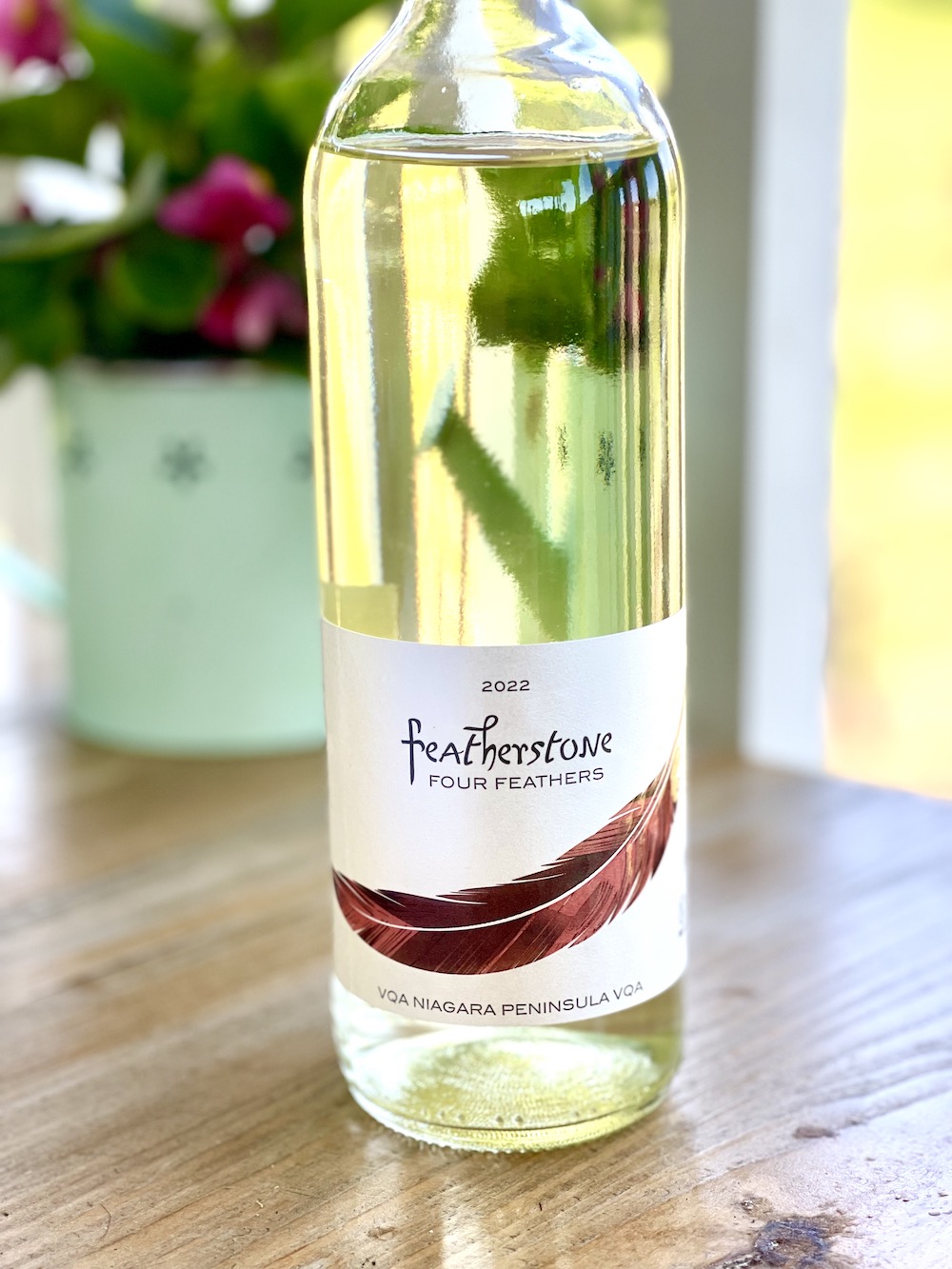
Featherstone Four Feathers 2022 ($16, winery, LCBO, $16, 88 points) — This is a mostly estate blend of Riesling, Chardonnay, Sauvignon Blanc, and Pinot Grigio that Engel says is made for sipping on a dock and best enjoyed with summer fare and good friends. “It’s pleasing, quaffable and everyone enjoys it,” she says. It has a vivid nose of kiwi, grapefruit, lemon-lime, pear, and subtle grassy/herbaceous notes. It’s packed with flavour on a palate dominated by citrus fruits, passion fruit, herbs, and kiwi with a subtle sweetness on the fresh finish.
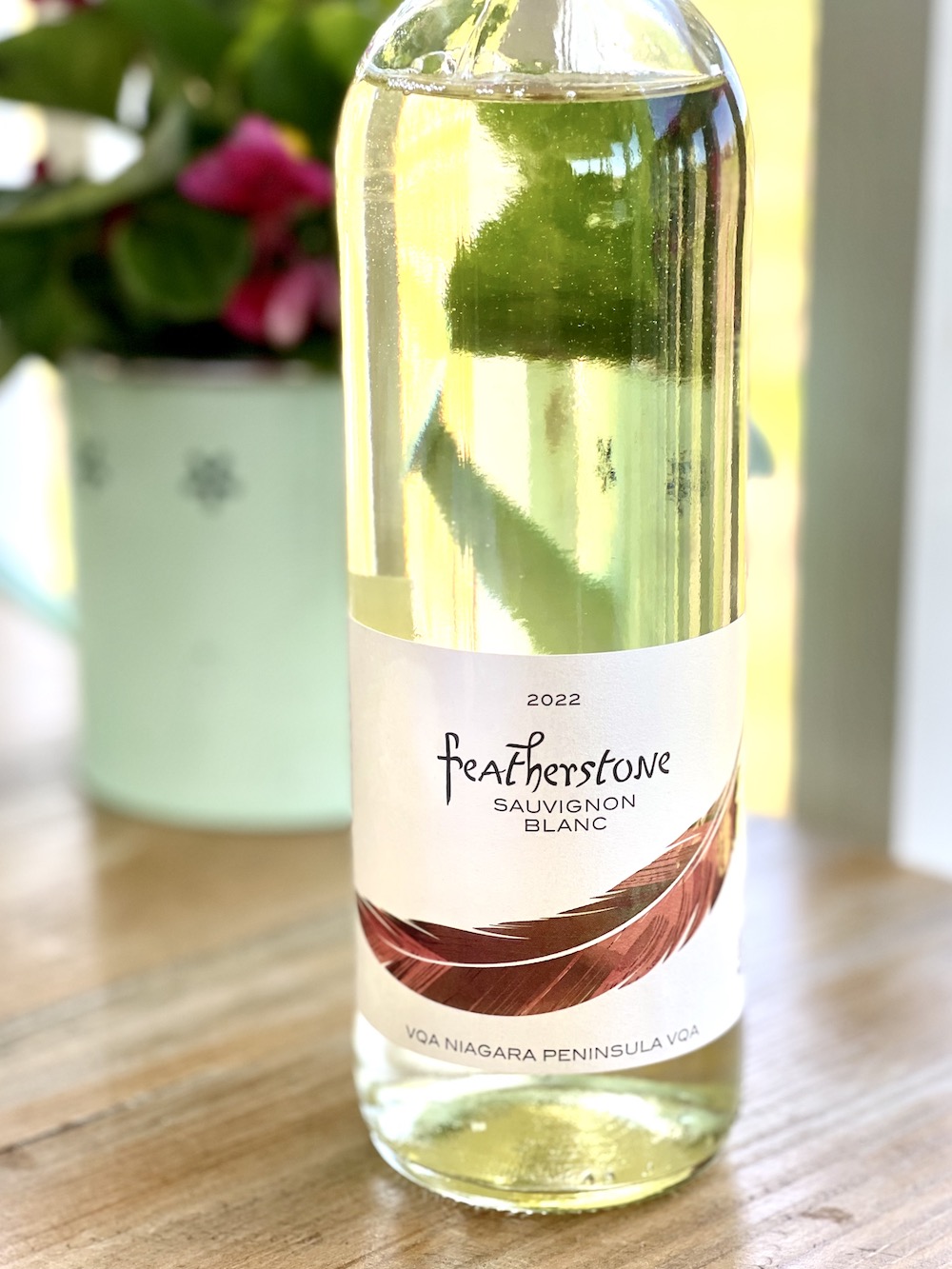
Featherstone Sauvignon Blanc 2022 ($18, winery, Vintages now and again Oct. 7, 89 points) — Sauvignon Blanc is not a grape that does well at the estate farm, but Engel and David Johnston love the varietal and make it every year from sourced grapes. 20% of the fruit is barrel fermented in neutral Canadian oak barrels. The nose shows pear, lemon-lime zest, fresh cut grass, kiwi, herbs, and a pinch of spice. It’s nicely rounded on the palate with a refreshing melange of citrus, pear and mango with underlying grassy notes and refreshing acidity on the finish.
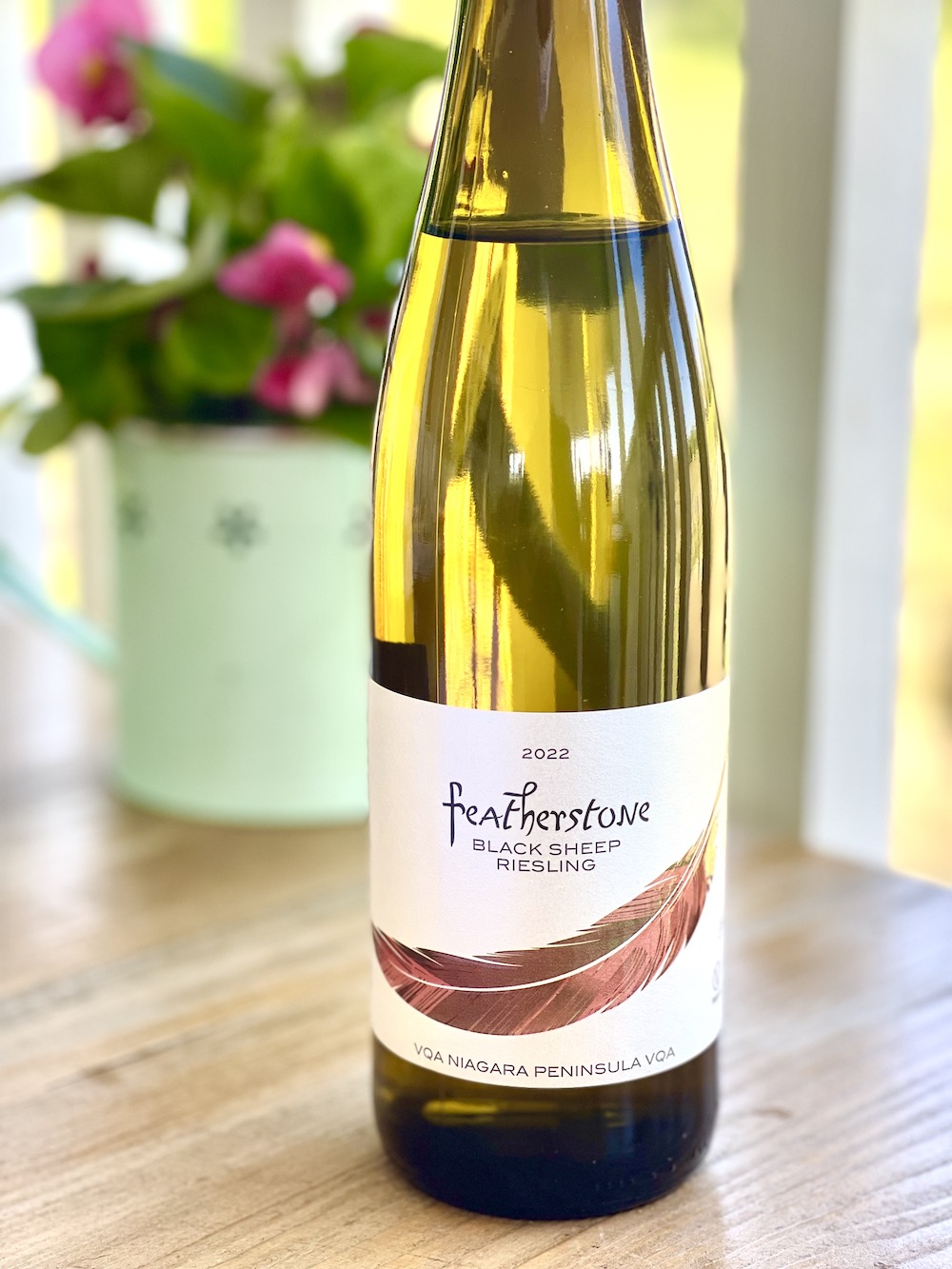
Featherstone Black Sheep Riesling 2022 ($20, winery, Vintages Essential, 91 points) — Named after the sheep from St. Anns that Featherstone “employs” to help with leaf thinning in the vineyard later in the season. “It’s adult lemonade,” Engel says. “It just tastes like another sip.” The grapes were hand harvested and whole berry pressed. It has enticing notes of lime, lemon, green apple, saline minerality, green apples and peach pit. There is some sweetness on the palate but tempered nicely by the racy acidity. It sings with bright lime/lemon, fresh apples, subtle flintiness, and a playful yin-yang of sweet-tart fruit with a fresh finish. Consistently delicious Riesling.
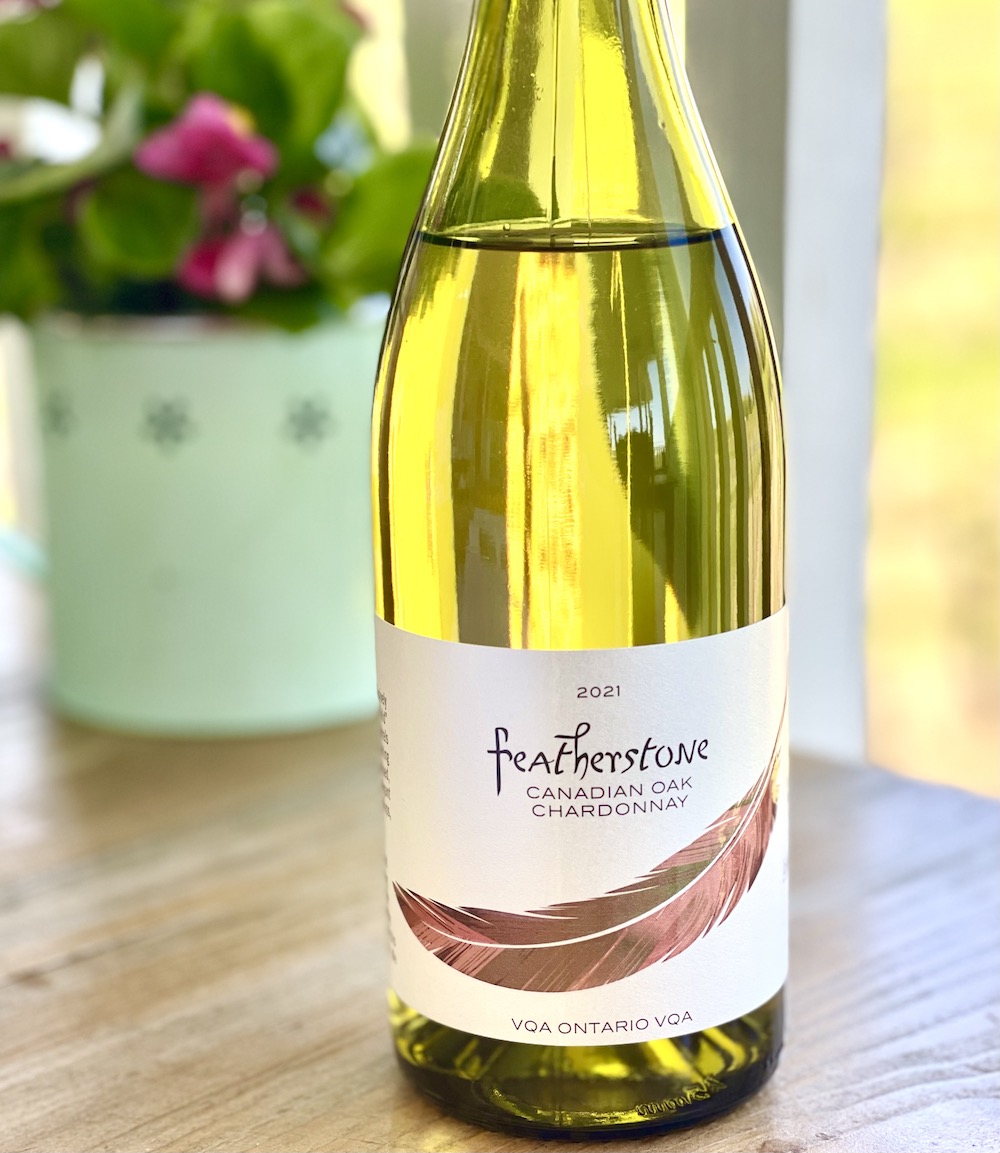
Featherstone Canadian Oak Chardonnay 2021 ($25, winery, Vintages in the fall, 91 points) — You just can’t get any more local than this Chardonnay. “It’s wild fermented, made with our grapes, our yeast and our oak,” says Engel. The Canadian oak Featherstone champions is sourced from Brantford, Ont. and, as an aside, the estate now has the largest collection of these oak barrels in the world. It has a rich and spicy nose of poached pear, yellow apples, caramel and spice, and some lemon zest. It’s round and fleshy on the palate with broad shoulders, ripe stone fruits, a pinch of lemon zest, oak spices, buttery/creamy notes and enough zing on the finish to keep it lively through the finish.
The rosé
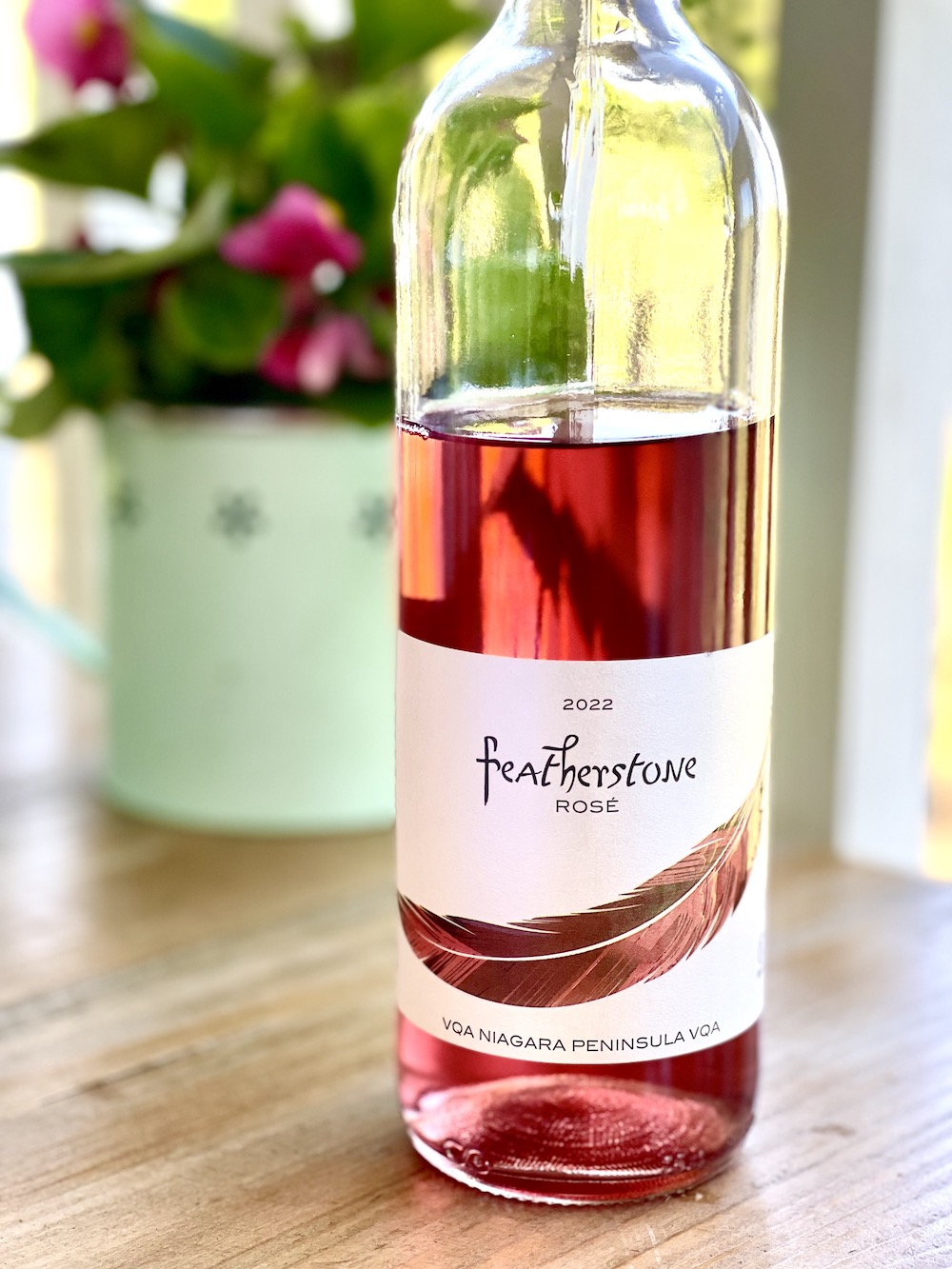
Featherstone Rosé 2022 ($20, Vintages now and again next fall, 90 points) — This is a blend of Cabernet Sauvignon, Cabernet Franc, Gamay, and Pinot Noir and shows a colour in the glass described by Engel as “hot-pants pink.” It’s no secret Featherstone prefers a bolder style of rosé, and this follows that path with a juicy nose of summer strawberries, wild raspberries, plums, cranberries and underlying earthy notes. It’s flavour-packed on the palate with red berries, plums, earthy/savoury notes and a bright, lifted finish. Delicious!
The red wines
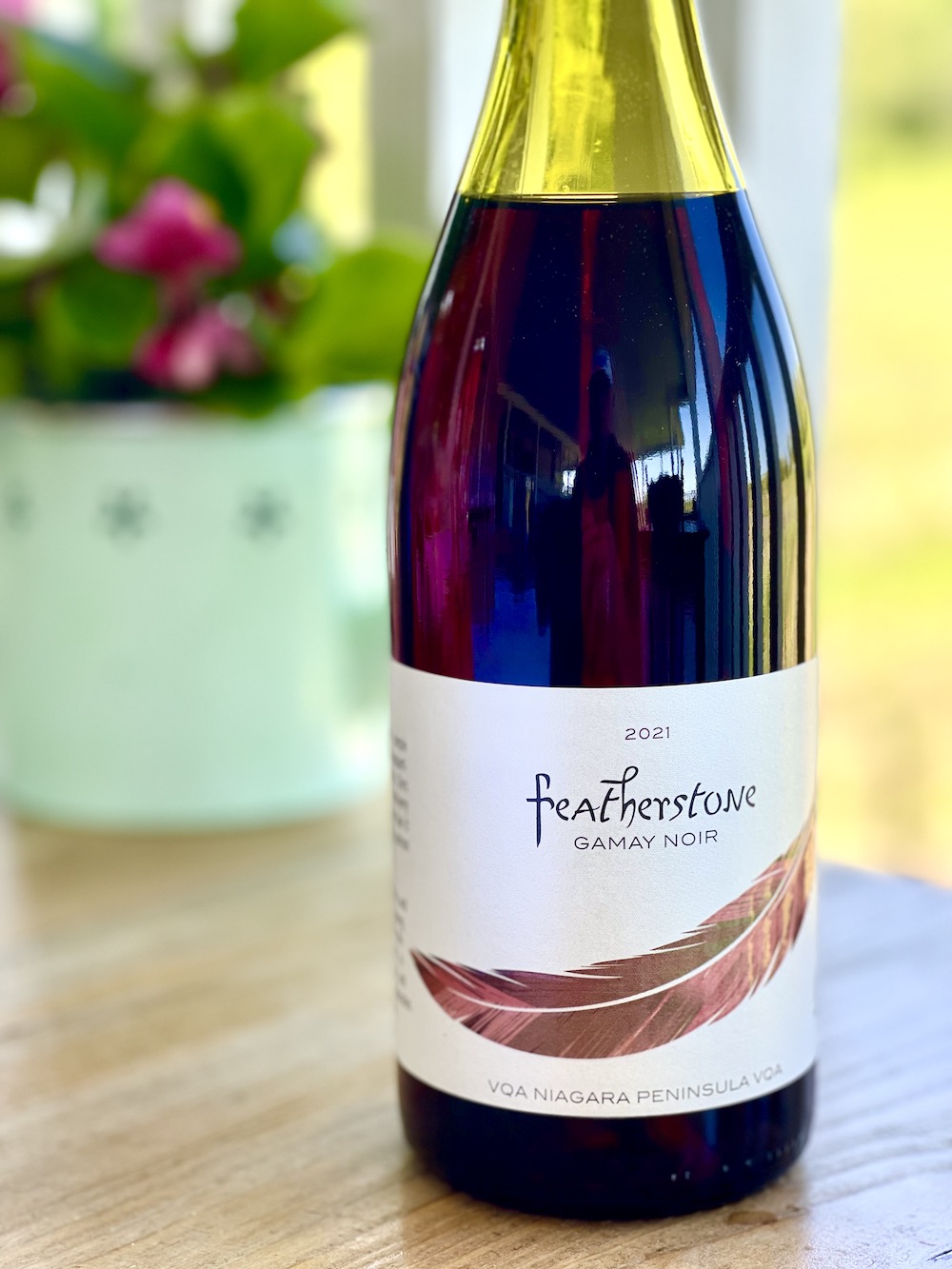
Featherstone Gamay Noir 2021 ($19, winery only, 88 points) — The Gamay is aged in American oak barrels for 10 months. The nose shows a juicy array of plums, red berries, earthy/savoury notes, and spicy accents. On the palate there are sour cherries, fresh wild raspberries, red currants, savoury/earthy notes, some light tannins, tingling acidity, and a lifted finish. Serve slightly chilled.
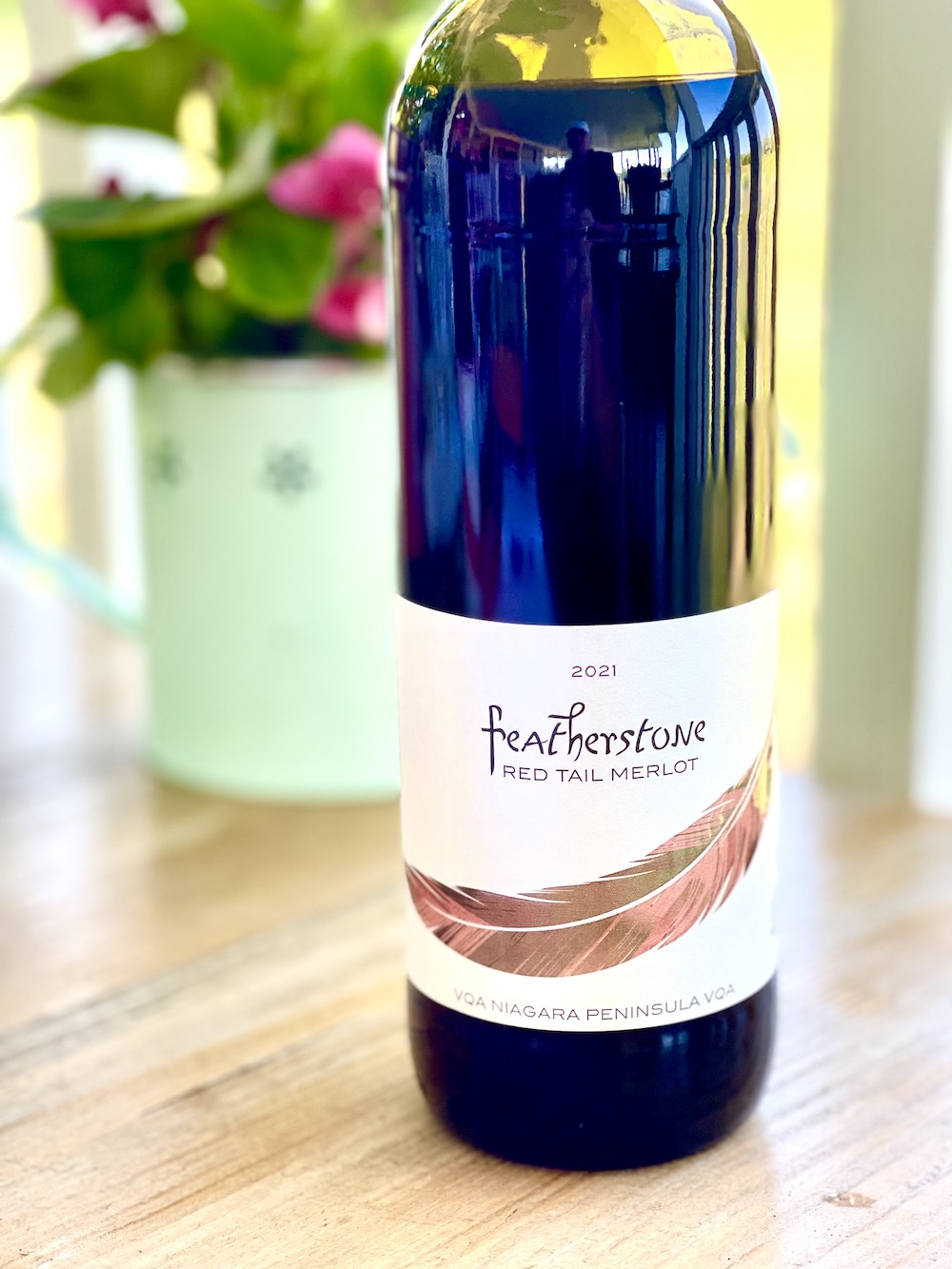
Featherstone Red Tail Merlot 2021 ($20, winery, Vintages now and again in December, 92 points) — A ridiculously affordable price for a Merlot this good. The wine is aged in 100% fine French oak barrels (25% new) from Tonnellerie Sirgue Nuits Saint Georges for 10 months. There is an intriguing, perfumed note on the nose with dark cherries, black raspberries, cassis, integrated spices, and subtle earthy accents. It’s rich with some tannic structure and weight on the palate followed by juicy red berries, anise, cassis, and elegant spice notes through a long, lifted finish. This can age this for 5+ years and you can feel pretty damn happy you paid only $20 a bottle.
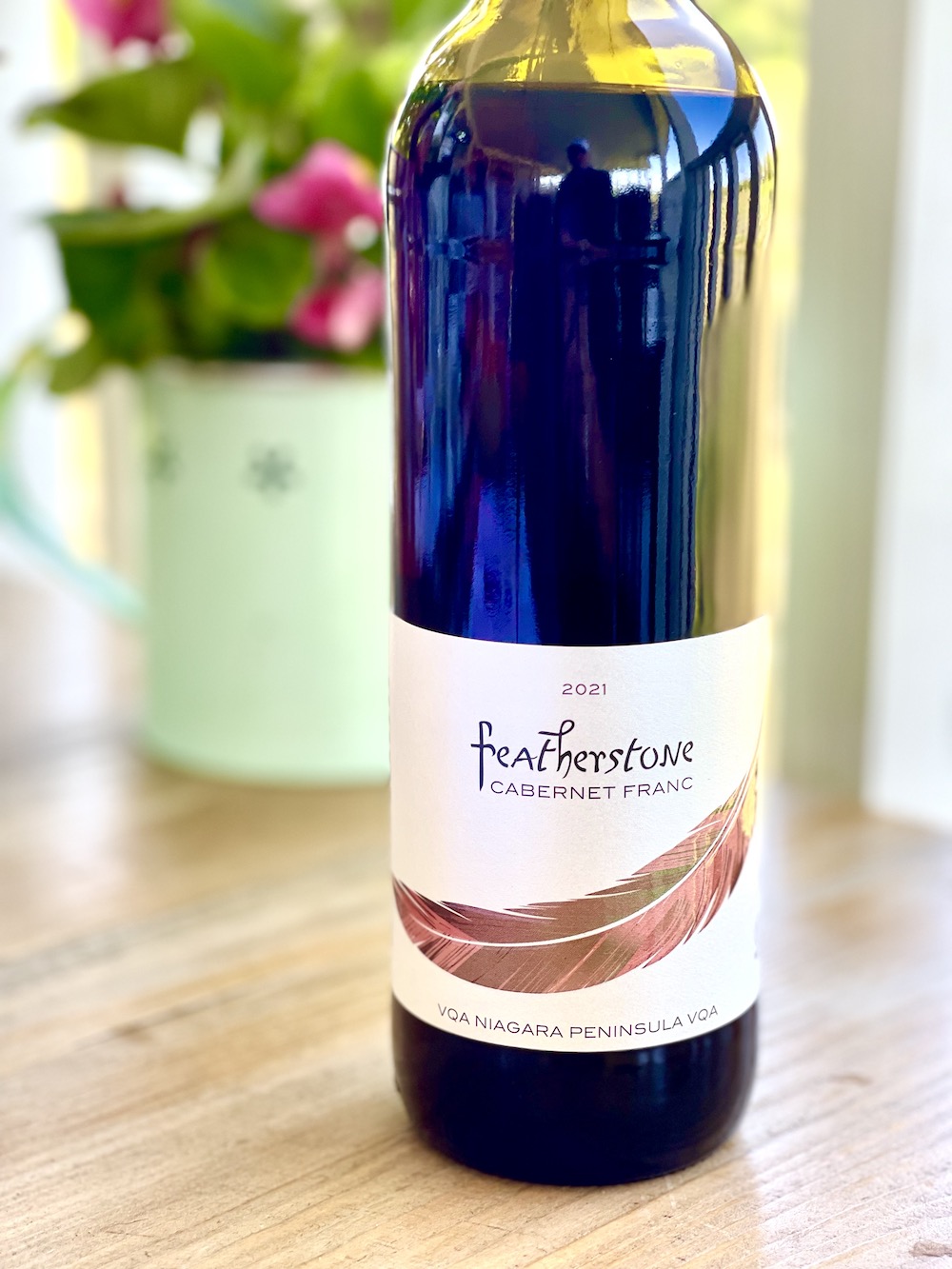
Featherstone Cabernet Franc 2021 ($22, winery soon, Vintages this summer, 91 points) — The Cabernet Franc is aged in American oak barrels (25% new) for 10 months with monthly lees stirring. It’s textbook Niagara Cab Franc with an enticing nose brambly red berries, anise, dried tobacco, spice and mulled herbs. It’s juicy and rich on the palate with a melange of red berries, anise/licorice, ripe tannins, and structure with a mouth-watering vein of acidity on a bright finish. Can cellar 5+ years.
A sweet treat
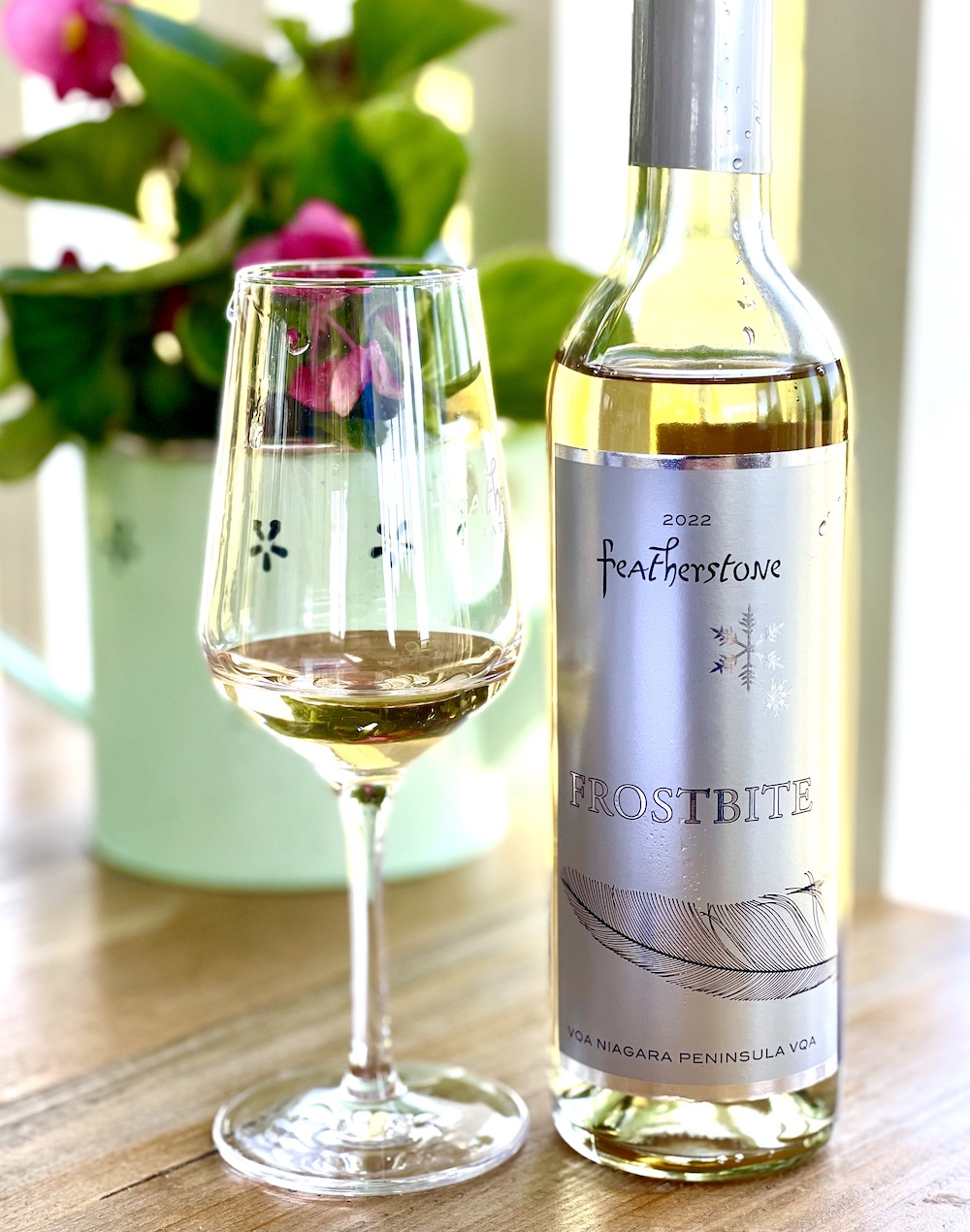
Featherstone Frostbite 2022 ($30 for 375 mL, winery only, 91 points) — If the super-sweet icewines of Niagara aren’t your jam, this 100% Gewurztraminer “late harvest” wine with a third of the sugar content (66 g/L of RS) might just be your newest best friend. It has an enthralling nose of lychee, grapefruit, brown sugar, bruised pear, apple cobbler and apricot tart. It’s silky and sweet (but not too sweet) on the palate with wild honey, ripe apricots, pears, peach preserves, lemon tart and a fairly lifted finish. A nice treat.
The new Liebling Wines
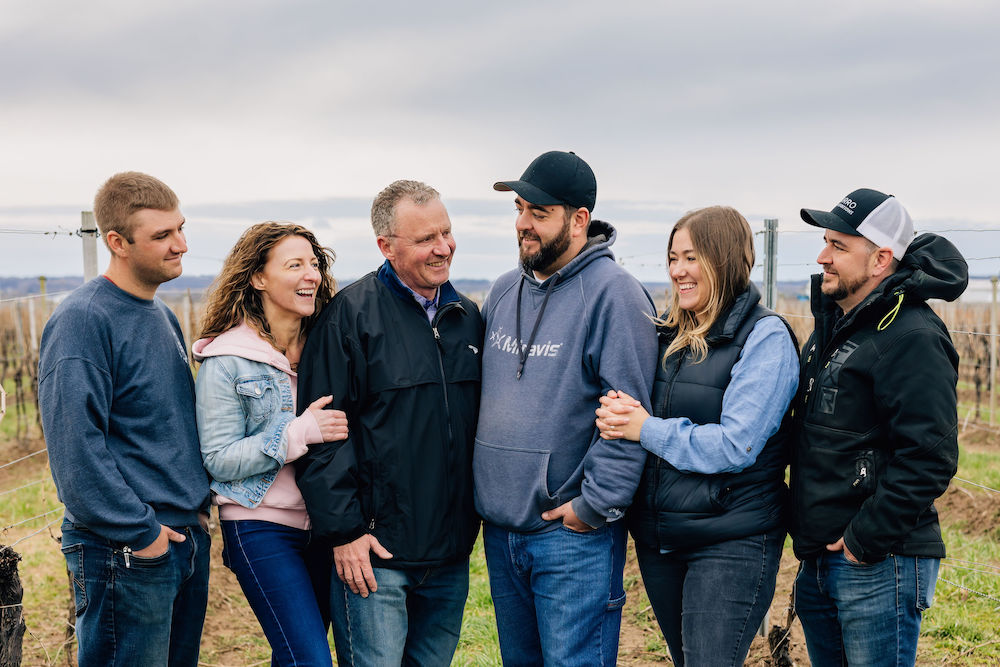
The mission from the grape growing Oppenlaender family is to showcase the single vineyards they tend and the vines they grow. Crafted in collaboration with winemaker friends, Liebling Wines “connects the passion of grape growing with winemaking.”
Like Featherstone above, the first Liebling (which translates to “darling”) wines — a Sauvignon Blanc and Riesling — are true to variety and are offered at price that most everyone can afford. The Liebling motto is to “celebrate the everyday, the opportunities, the adventures, and most importantly, celebrate love with Liebling Wines.”
The story of Liebling began in 1984 when patriarch Matthias Oppenlaender travelled to Ontario to plant a 40-acre vineyard nestled under on Niagara Escarpment in Queenston. At the time, many thought vinifera grapes could not be grown in Ontario, let alone have the ability to make quality wine from those grapes. Oppenlaender took this as a challenge, and at the young age of 22, with adventure and opportunity calling, he left his farming family in Germany to prove the naysayers wrong.
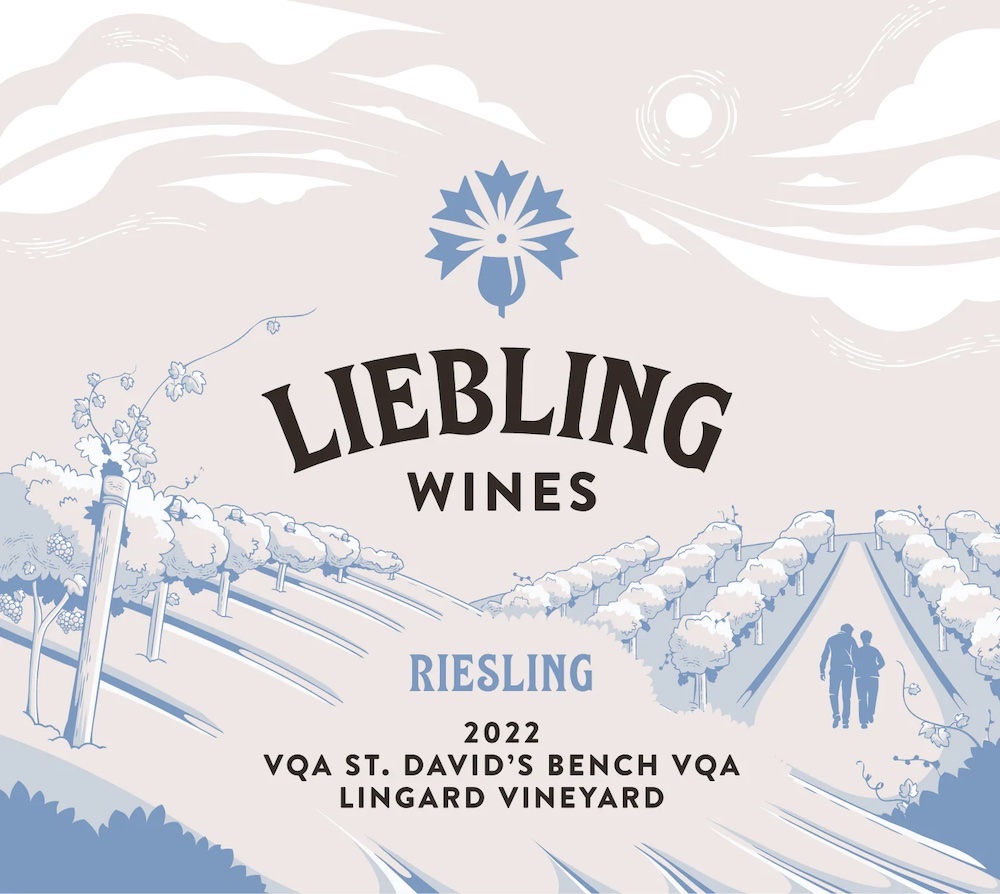
Almost 40 years later, the Oppenlaender family created Liebling Wines to commemorate their “oma, the one who encouraged our dad (Mattias) to come to Canada and who continued to support him while living over 6,000 kms away. Out of nine children, our dad was the one that she called her Liebling, her darling, and if you ask the others, her favourite,” according to the Liebling website.
Liebling Wines is a celebration of a 40-year grape-growing career, and it is a “collaboration between farmer friends, winemakers and the many hands that play an integral part in nurturing and crafting grapes into wine.” The brand is family affair, led by Mattias Oppenlaender and his daughters Alison and Jessica. “It’s like my dad’s dream finally coming to fruition,” Alison told Wines in Niagara.
The first Liebling wines, with two reds being released this fall, are made in a fresh, approachable, and honest way from single vineyards across Niagara. “They are wines to celebrate the everyday, the opportunities, the adventures, and most importantly, to celebrate love,” the website says.
The following Liebling wines are available (and made by) Collab Wine and Beverage (located at Marynissen Winery) by clicking here.
Here’s what I liked:
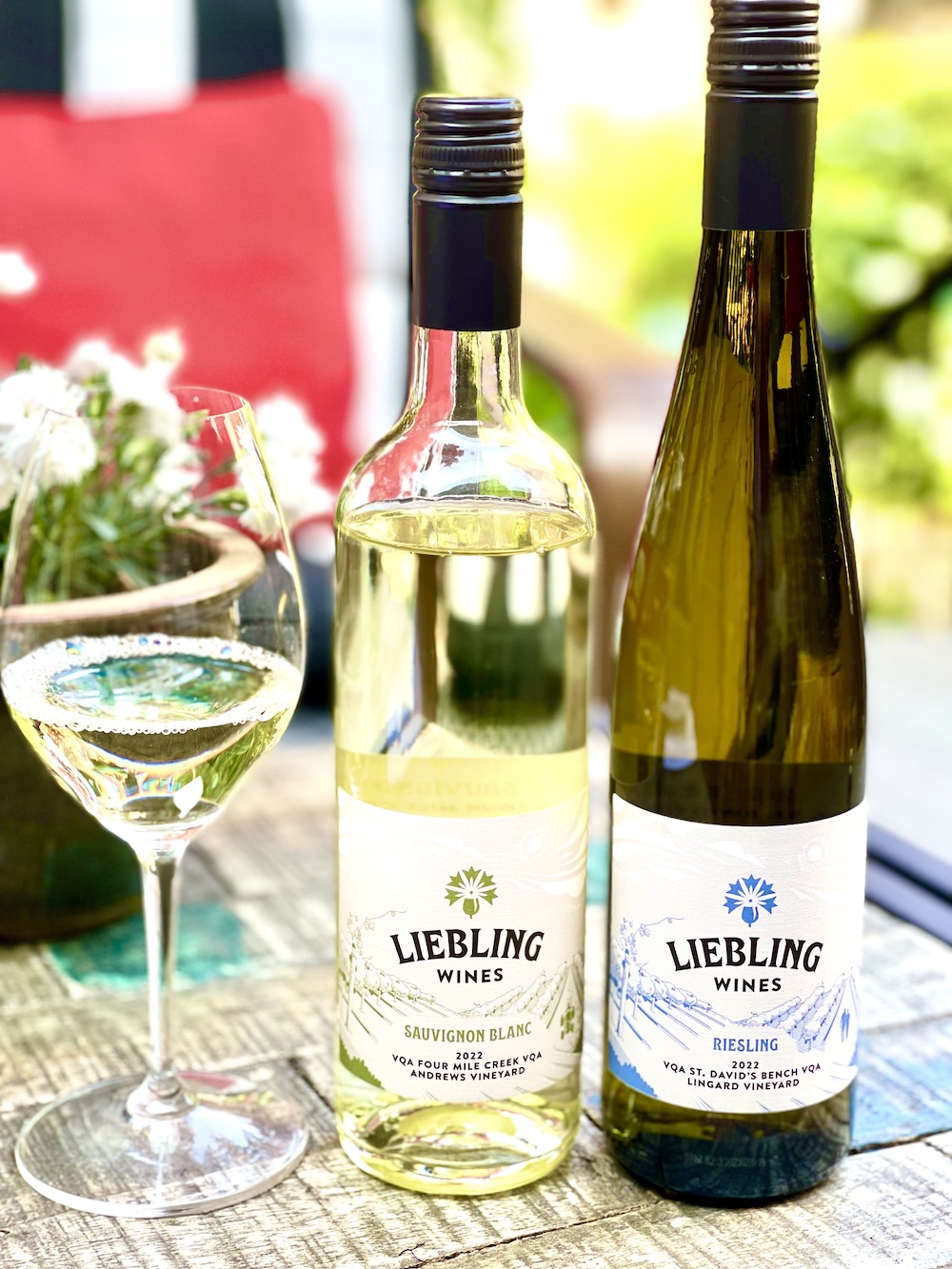
Liebling Riesling 2022 ($22, 90 points) — This flagship Riesling grapes from Liebling were born in the Lingard Vineyard on the St. David’s Bench from vines planted in 2006 by Oppenlaender’s vineyard team. Aging was in stainless steel and the grapes were planted to the 21b clone. The fresh nose shows a lovely melange of white peach, lime, candied citrus, pear, jasmine. and and stony minerality. There is a subtle note of sweetness on the palate with a juicy array of peach, apple, citrus and wet stones that’s all nicely balanced by the racy acidity through the bright finish. A joyous Riesling for everyday sipping.
Liebling Sauvignon Blanc 2022 ($22, 89 points) — The grapes for this Sauvignon Blanc are from the Andrews Vineyard in the Four Mile Creek sub-appellation planted in 2012 to the 530 clone. It’s fresh and floral on the nose with juicy citrus, kiwi, tropical notes, and an interesting grassy/herb note. It’s perfectly dry, refreshing, and crisp on the palate with notes of pear, herbs, zesty grapefruit, passion fruit and a bright, clean finish.
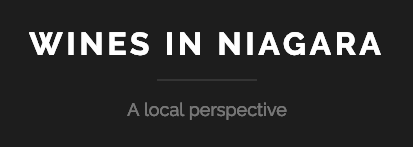

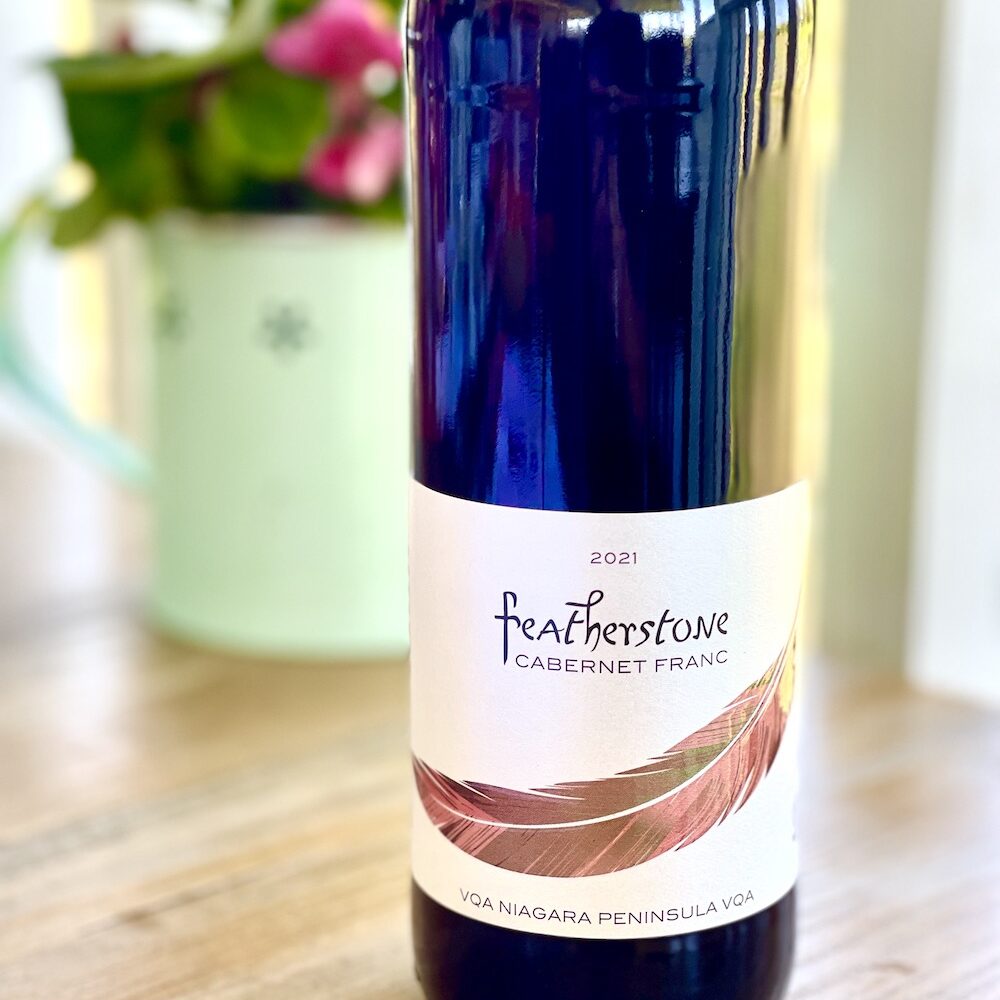






Comment here